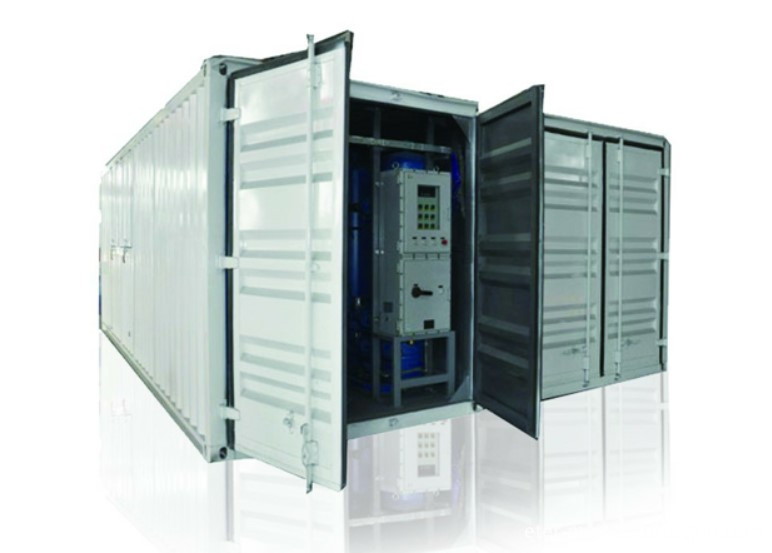Tea red rust algae prevention method
Symptoms mainly occur in the tea regions of Guangdong, Yunnan, and Hainan, and in recent years in Anhui, Zhejiang, and other provinces. The main damage is 1-3 years old branches and old leaves and tea fruit. Shoots infected with sick grey black to purple black round to oval lesions, spread to irregularly shaped large patches, severely covered with pruning, rust-colored felt-like material on summer spots, cracks and clips on diseased parts. The leaves cause the branches to dry and the variegated leaves often appear on the diseased branches. The old leaves were infected with sick grey-black lesions, round and slightly raised, becoming purple-black later, and also had rust-colored felt-like material on them, which was the fruiting body of the pathogenic algae. The late lesions were dry and turned gray to dark brown. Tea fruit disease produces dark green to brownish or black slightly raised small lesions with irregular edges.
The pathogen Cephaleuros parasiticus Karsten is called a parasitic green algae and belongs to algae. The morphological characteristics of the germs are similar to that of the tea leaf spot. The main difference is that the cysts of this bacterium are thicker and shorter, and the sporangia are larger. When the vegetative body matures, hairlike substances penetrate the host epidermis, including bristles and cysts. The cyst stalks are forked branches, the top zoosporangium 4-8, orange-red, spherical, size 39-45.428.5-35.6 (μm). In the presence of water, zoospores are produced from zoospores, and 2 zoospores are flagellated by zoospores.
Transmission routes and onset conditions Red rust algae overwinter in vegetative tissues with vegetative bodies. In the May-June period of the following year, the zoosporangium is produced when the humidity is high, and the zoospores are released in contact with the water. They spread by wind and rain and fall into the hardened stems and are invaded by cortical cracks. There were two peaks of onset in the last month of May and the end of May and the end of August and the beginning of September. Large amounts of rainfall and frequent occurrence of rainfall often lead to insufficient soil fertility and poor water retention in the tea gardens. They are often drought-prone and easy-to-fly, resulting in debilitating tree vigor or heavy moisture retention. The strain had no significant dormancy period in the southern tea region. Fruit bodies form when warm and wet. The period of formation varies from region to region.
Control methods (1) When building a tea plantation, fertile soil and high dry land should be selected. (2) Promote the use of composted compost or bio-organic fertilizer or tea tree compound fertilizer. Improve soil structure, improve drainage and water storage capacity, increase tree vigor, and reduce incidence. (3) Drain the water immediately after the rain to prevent the moisture from staying in the tea plantation. (4) The disease rate in the overwintering period is more than 30%, the disease index is higher than 25, the relative humidity is more than 70%, and 90% triethylaluminum phosphate (aluminum diethylphosphate aluminum wettable powder 400 times or 58% metalaxyl manganese zinc) is sprayed Wettable powder 600 times liquid, 64% antivirus WP 500 times), tea area resistant to the above fungicides can be changed to 72% Kelu wettable powder 700 times or 69% ank manganese zinc Wet powder 1000 times. (5) The zoospores of the disease pathogen are sensitive to copper preparations. In the non-tea collection period, 12% green milk copper emulsion 600 times liquid or 30% green detergent suspension 500 times liquid, 77% can kill wet particles Powder 500 times. In addition, 0.3% of 96% copper sulfate solution is economically effective.
Containerized Oxygen Generator
ETR can combine all parts of the oxygen generation system into a customized container, including air compressor, refrigerate air dryer, filters, buffer tanks and Oxygen Generator. Even the optional oxygen booster and cylinder filling station.
Compressed air is purified through the air dryer and filters to a certain level for main plant to work with. Air buffer is incorporated for smooth supply of compressed air thus to reduce fluctuation of compressed air source. The plant produces oxygen with PSA (pressure swing adsorption) technology, which is a time proven oxygen generation method. Oxygen of desired purity at 93%±3% is delivered to oxygen buffer tank for smooth supply of product gas. Oxygen in buffer tank is maintained at 4bar pressure.

Containerized Oxygen Generator
Containerized Oxygen Generator,Containerized Oxygen Plant,Oxygen Machine ,Hospital Oxygen Plant
Hunan Eter Electronic Medical Project Stock Co., Ltd. , https://www.centralgas.be